Iran travel tips
Iran travel tips: In South Asia, blends rich history, diverse landscapes, and cultural heritage, marked by ancient cities, mosques, and deserts.
Provinces 🌎
Iran travel tips. Here is a list of all the provinces of the Iran.
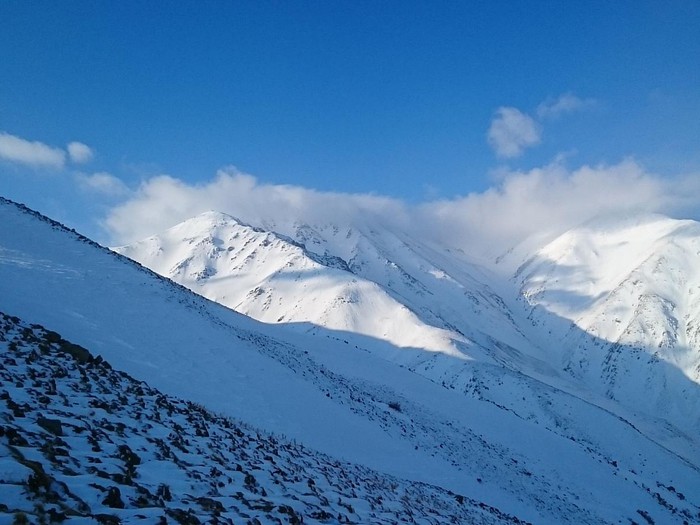
Āz̄ārbāyjān-e Shārqī
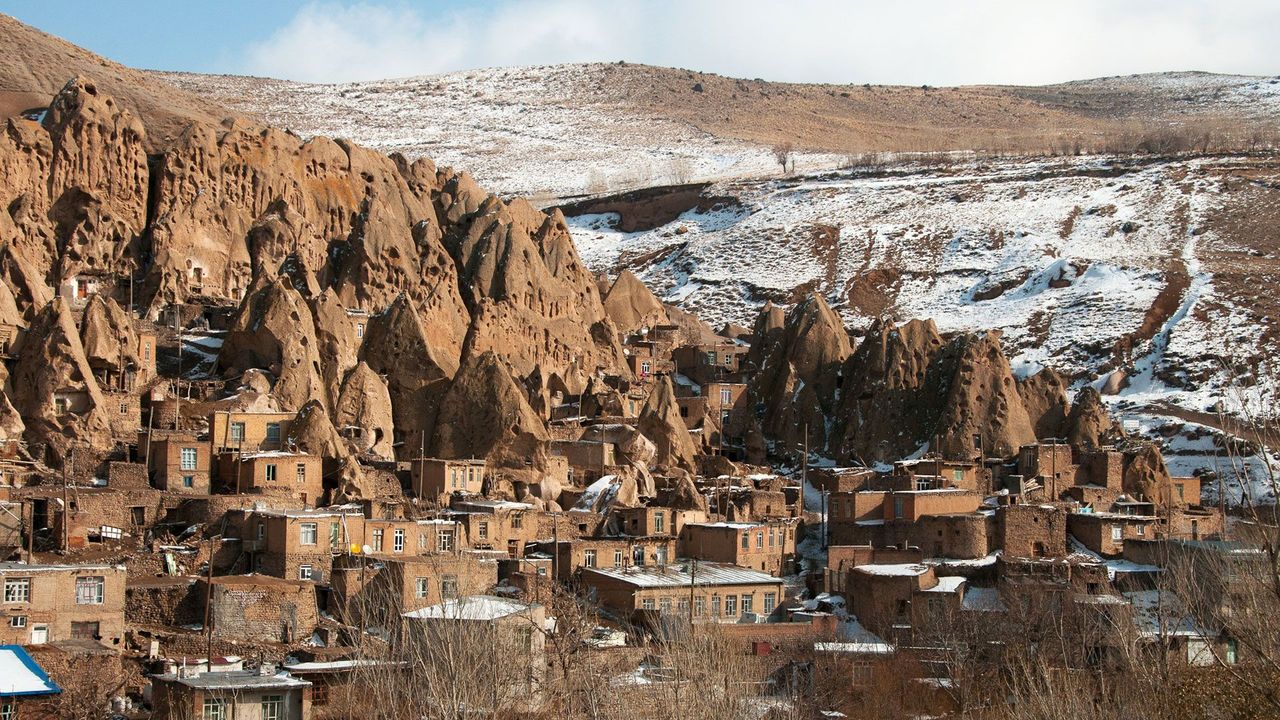
Āz̄ārbāyjān-e Ghārbī
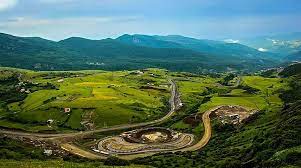
Ardabīl
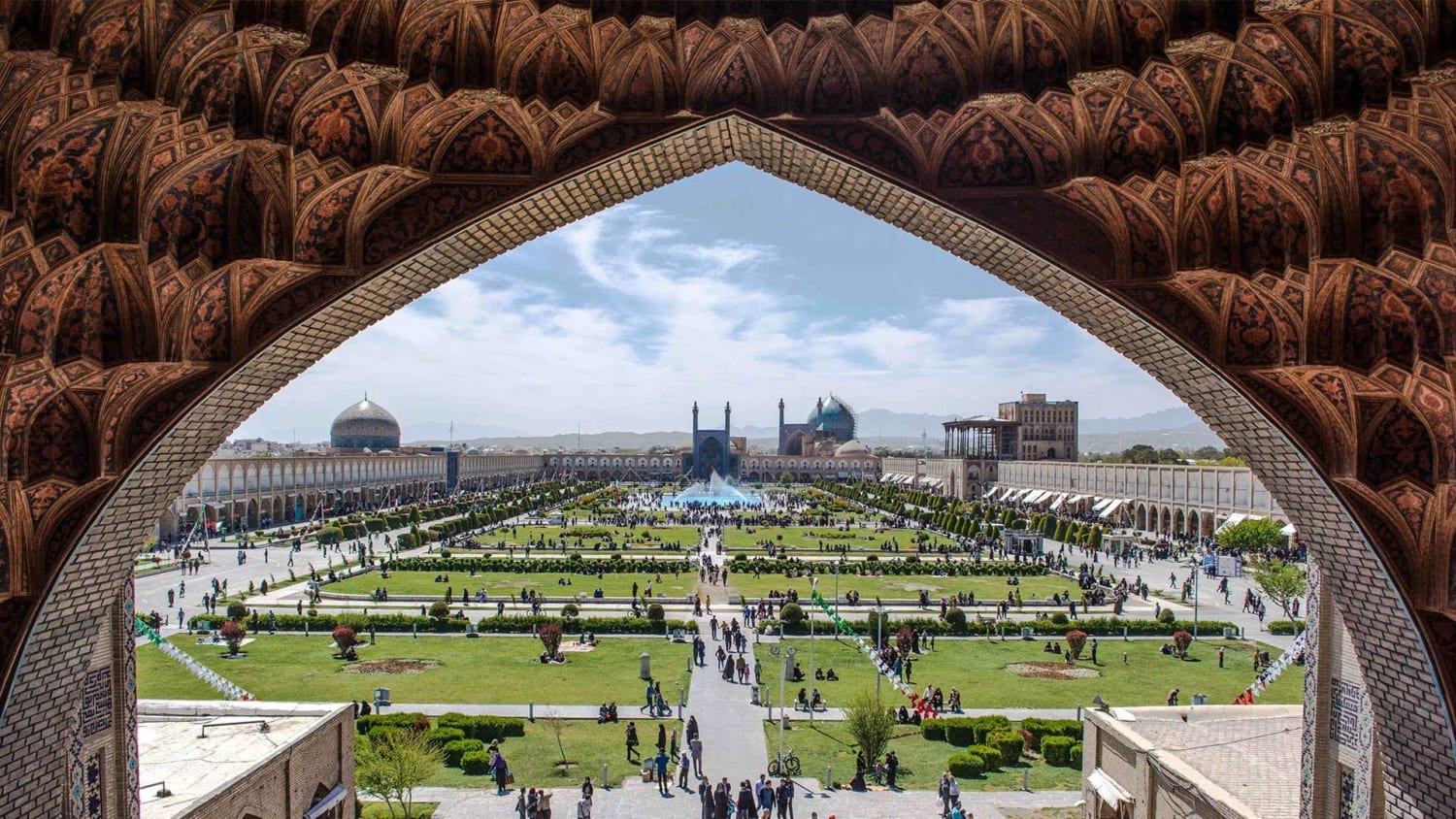
Eşfahān

Īlām
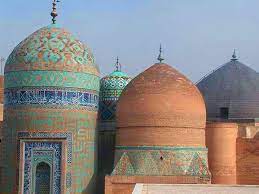
Būshehr
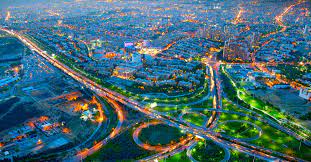
Tehrān
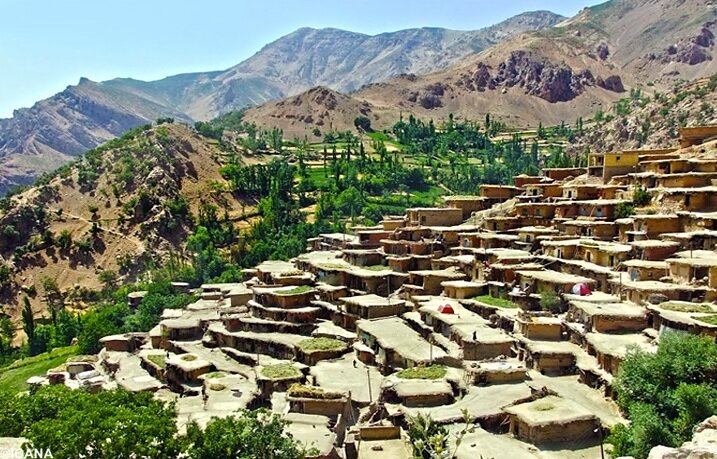
Chahār Maḩāl va Bakhtīārī
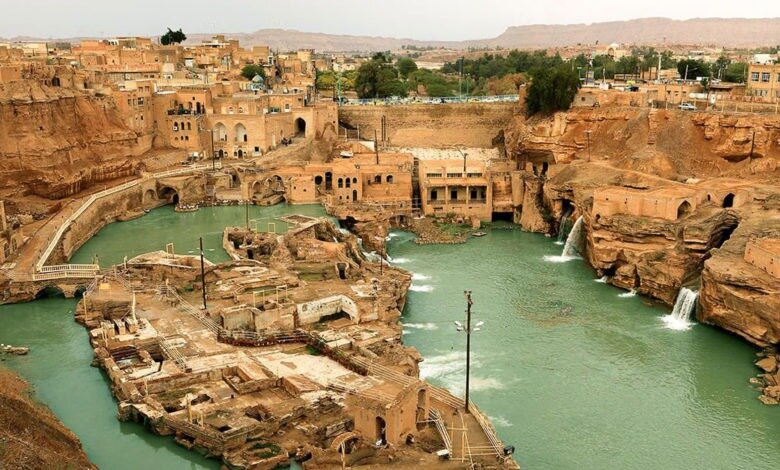
Khūzestān

Zanjān
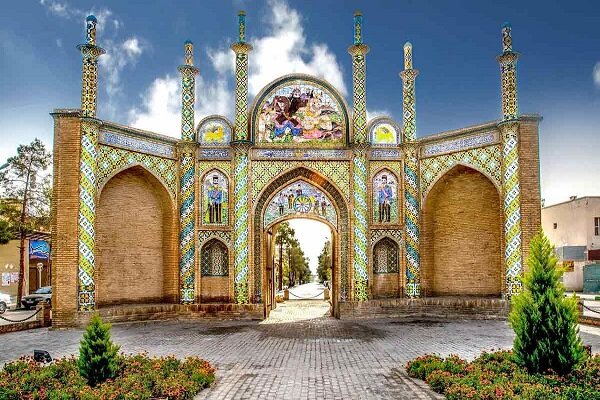
Semnān
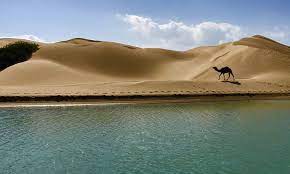
Sīstān va Balūchestān
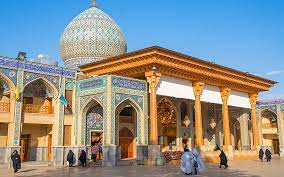
Fārs
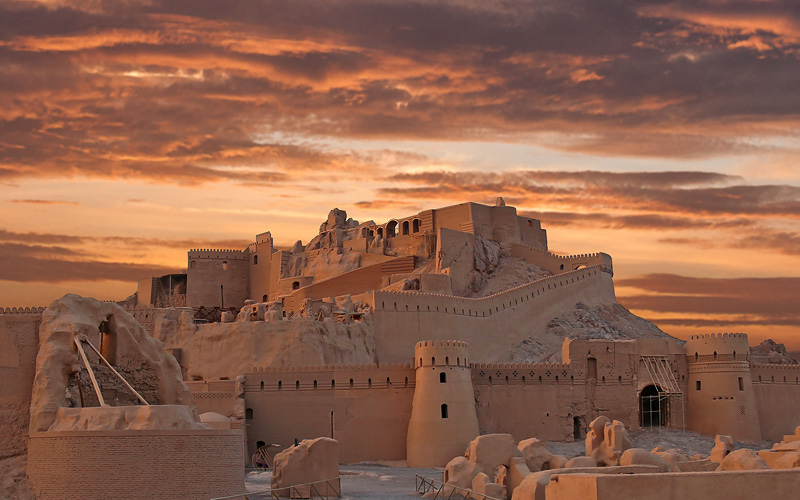
Kermān
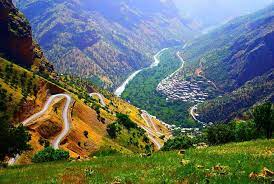
Kordestān
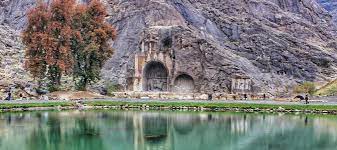
Kermānshāh
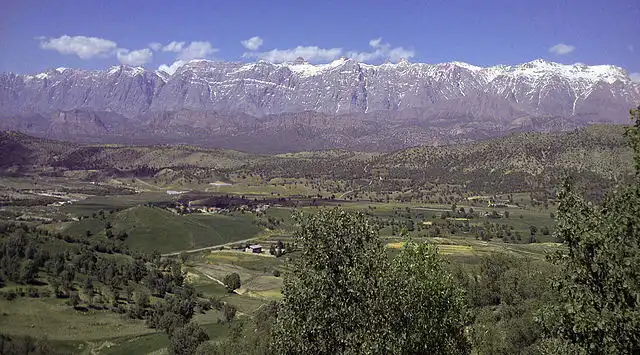
Kohgīlūyeh va Bowyer Aḩmad

Gīlān
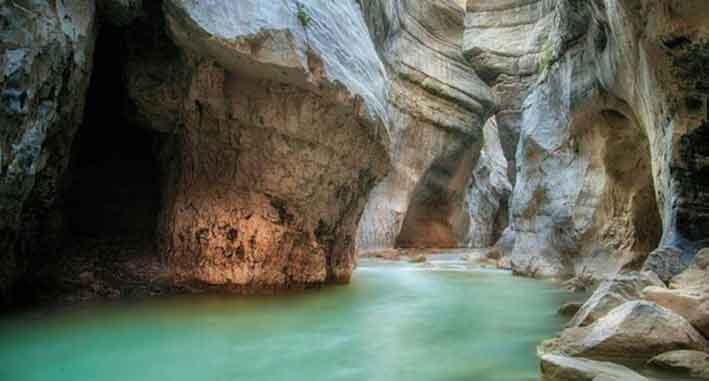
Lorestān
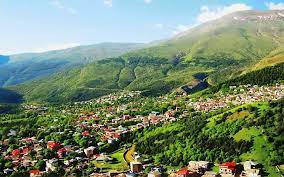
Māzandarān
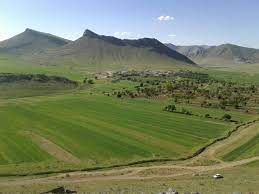
Markazī
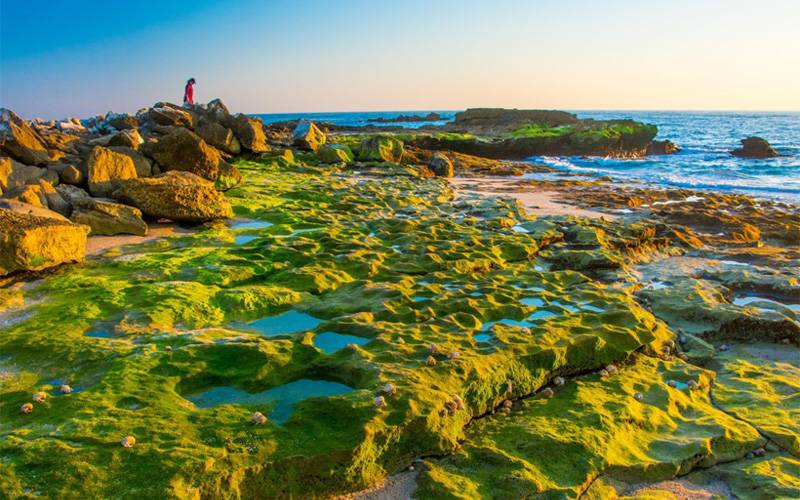
Hormozgān
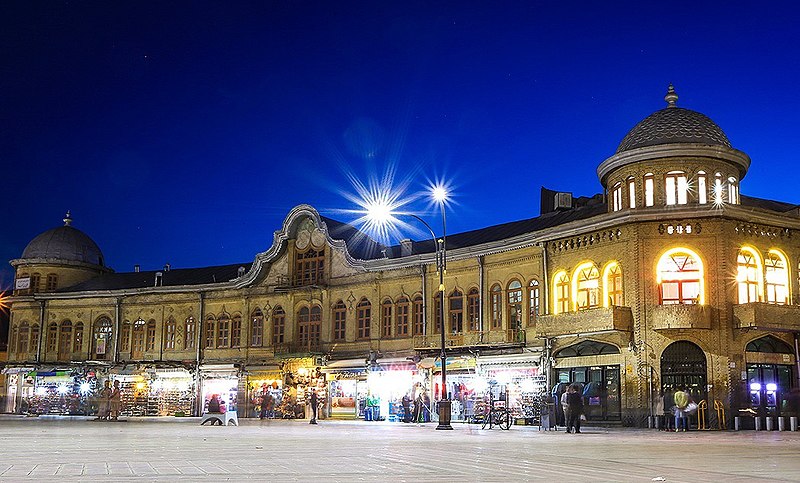
Hamadān
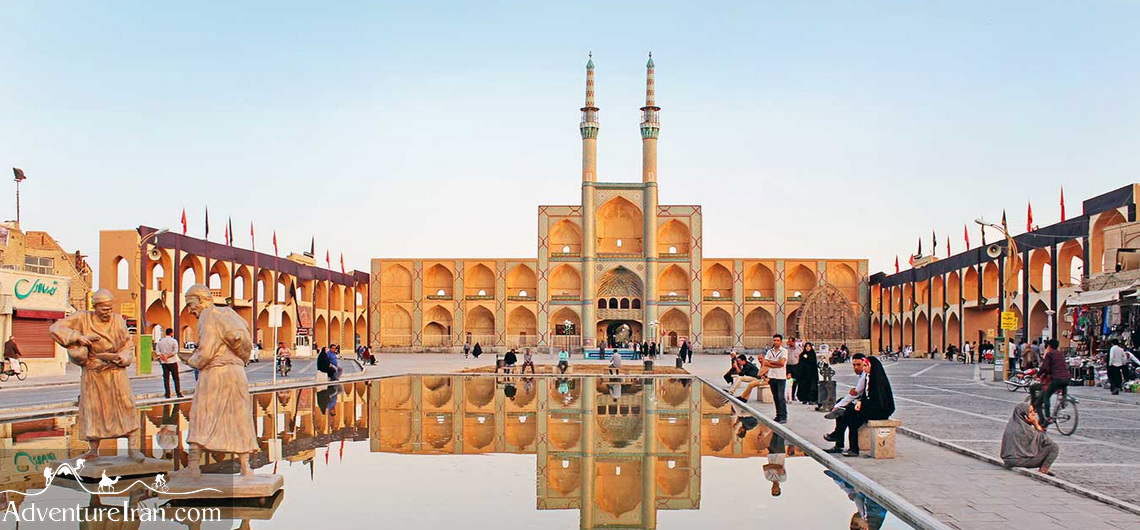
Yazd
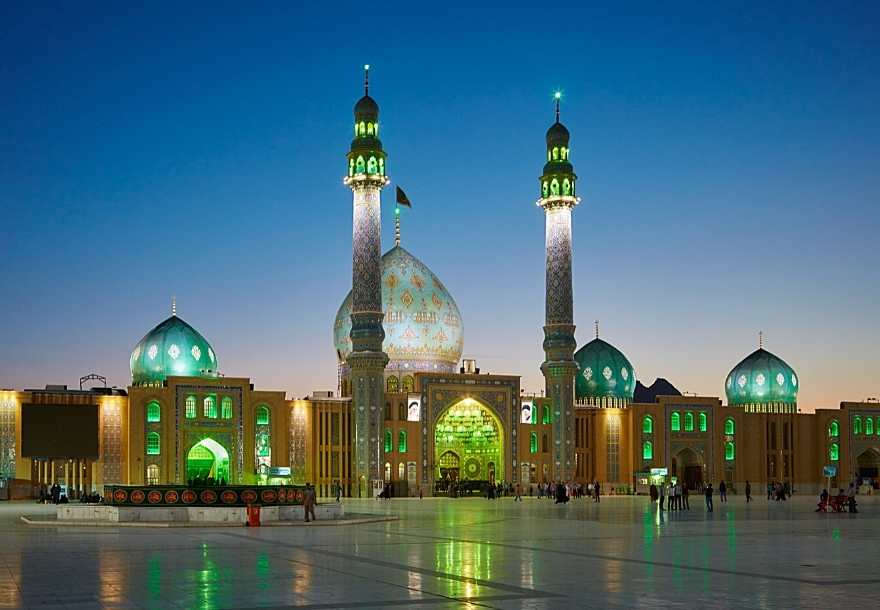
Qom
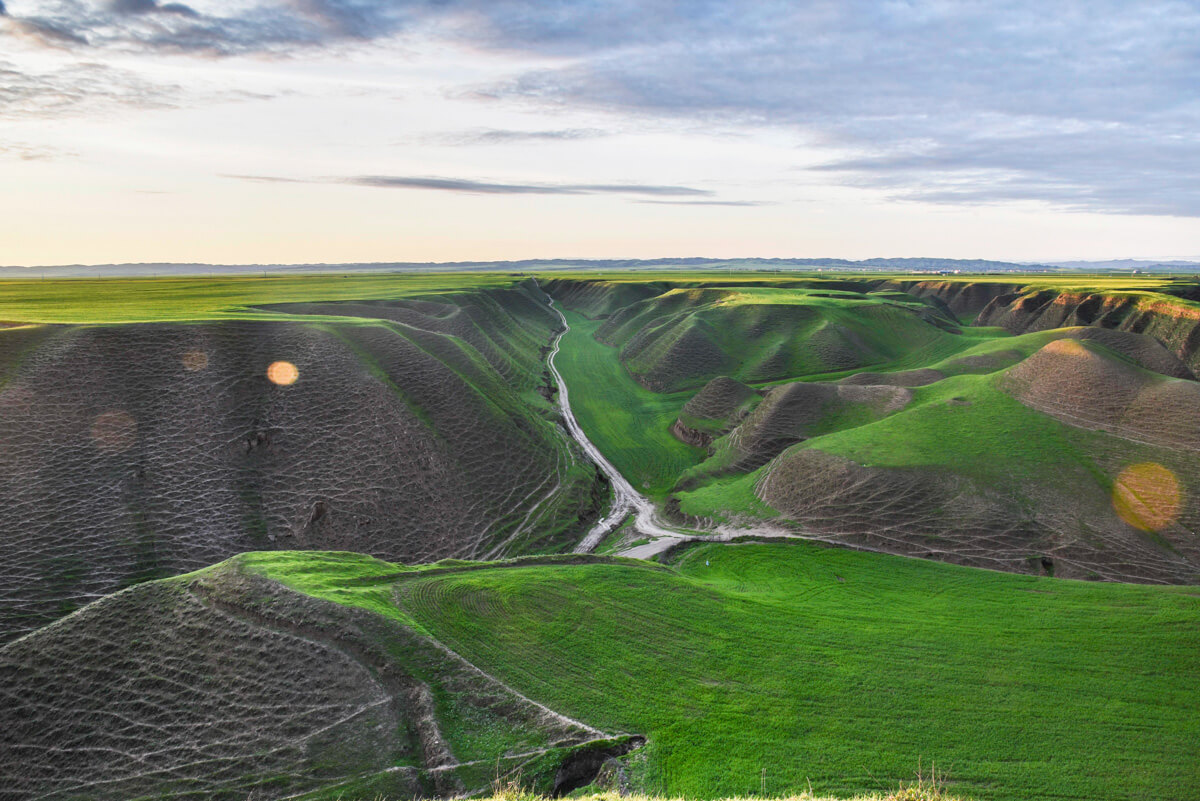
Golestān

Khorāsān-e Jonūbī
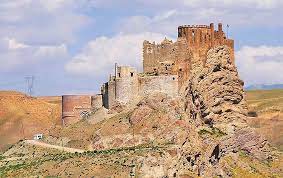
Qazvīn
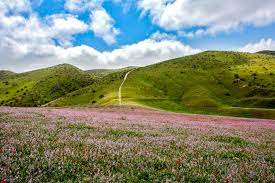
Khorāsān-e Raẕavī
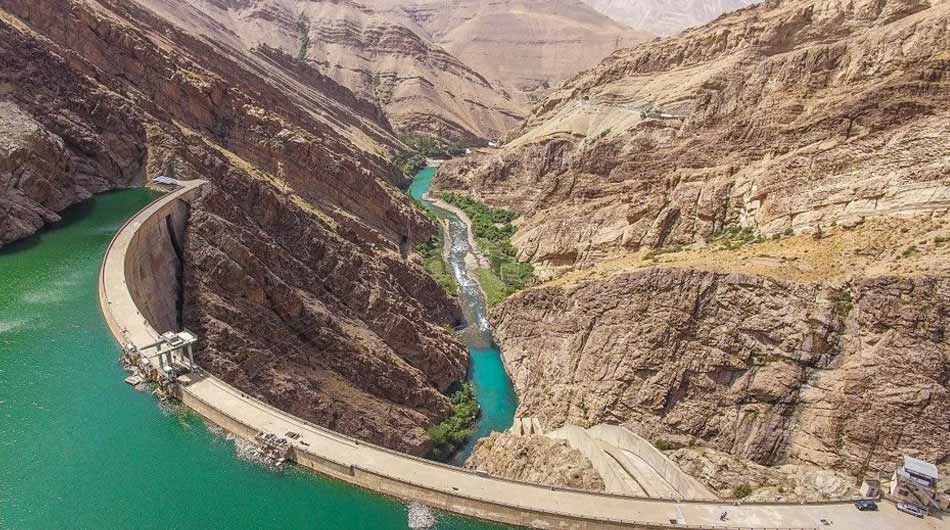
Alborz
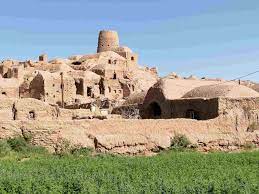
Khorāsān-e Shomālī
Before you go 🛩
Important information you should know before your trip
Info

Capital | Tehran
Flag Codes:
ISO alpha-2 IR,
ISO alpha-3 IRN
Currency
Badge | Iranian rial
CODE | TIR
NUMBER | 364
SYMBOL | ﷼
FRACTION | dinar
Mobile Coverage
Dialing Code | +98
SIM Card
Coverage | 3G / 4G / 5G |
Mobile Networks | Hamrahe Aval (MCI) | IranCell |
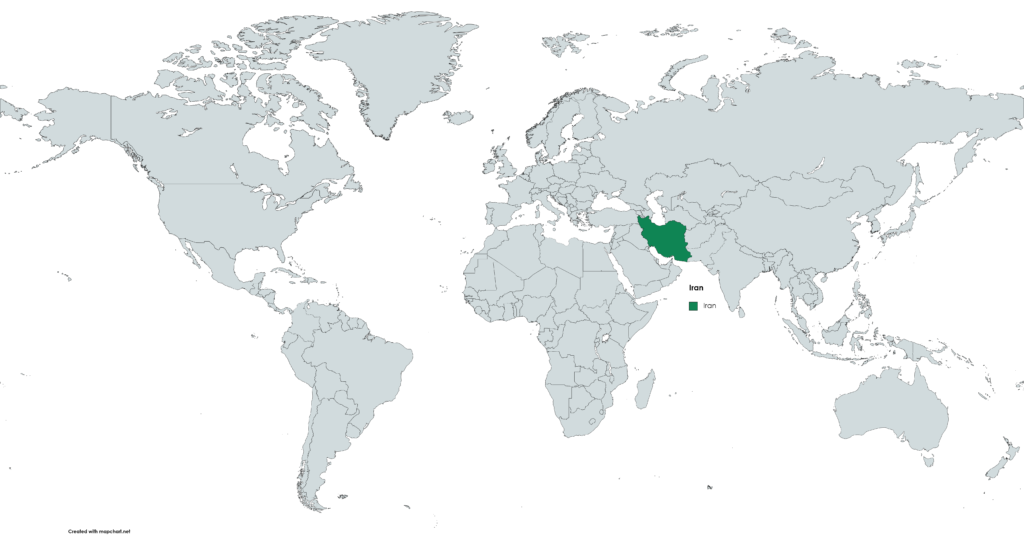
Location
Iran is a country located in Western Asia, bordered by Armenia, Azerbaijan, Turkmenistan, Afghanistan, Pakistan, Turkey, and the Caspian Sea. It has coastlines along the Persian Gulf and the Gulf of Oman to the south. The capital city of Iran is Tehran.
Currency
The official currency of Iran is the Iranian Rial (IRR).
The rial is divided into 100 subunits called dinars, although dinars are no longer used in practice.
Iranian rial banknotes are available in denominations of 100, 200, 500, 1,000, 2,000, 5,000, 10,000, 20,000, 50,000 and 100,000 rials. There are also coins in denominations of 50, 100, 250, 500 and 1,000 rials.
It should be noted that Iran has experienced high inflation in recent decades, which has led to the value of the rial decreasing significantly compared to other currencies. Because of this, the Iranian government has established an official exchange rate for the rial that does not correspond to its real value on the international market.
Languages
Persian, also known as Farsi, is the official and most spoken language in Iran. About 60% of Iran’s population speaks Persian as their native language. Persian is an Indo-European language and is related to other languages such as Kurdish, Pashto, Hindi and Bengali.
In addition to Persian, other minority languages are also spoken in Iran. Some of these languages are Turkic languages such as Azeri, Turkmen and Qashqai, which are spoken by significant minorities in different parts of the country. Indo-European languages such as Kurdish, Baluchi, Armenian and Luri are also spoken.
Arabic is spoken by some communities in the Khuzestan region of southwestern Iran. In addition, there are some smaller minority languages, such as Aramaic, Jewish Persian and Tati.
Climate 🌡
Iran has a diverse climate due to its vast size and varied topography, ranging from mountains to deserts and coastal regions. The country experiences a mix of different climate zones, including arid and semi-arid climates, as well as Mediterranean and subtropical climates. Here are some of the major climate regions in Iran:
Desert Climate (Hot and Dry):
Large portions of Iran, particularly the central and southeastern areas, have a desert climate. These regions experience extremely hot and dry conditions, with temperatures often exceeding 40°C (104°F) during the summer months. Some famous deserts in Iran include the Dasht-e Kavir and Dasht-e Lut.
Semi-Arid Climate:
Many parts of Iran have a semi-arid climate characterized by hot summers and relatively milder winters. These regions receive limited rainfall and often have fluctuations in temperature between day and night.
Mediterranean Climate:
The northern coastal areas along the Caspian Sea have a Mediterranean climate, with mild, wet winters and humid summers. These regions receive more rainfall compared to other parts of Iran.
Subtropical Climate:
The southern coast along the Persian Gulf and Gulf of Oman experiences a subtropical climate with hot and humid summers, as well as mild winters. These areas are influenced by the warm waters of the Gulf, leading to higher humidity levels.
Mountainous Climate:
Iran’s mountainous regions, including the Zagros and Alborz mountain ranges, have varied climates depending on altitude. Higher elevations experience colder temperatures and heavier snowfall during the winter months, making them suitable for skiing and winter sports.
Steppe Climate:
Some parts of Iran, especially in the western and northwestern regions, have a steppe climate characterized by moderate temperatures and moderate rainfall. These areas are often used for agriculture and grazing.
Highland Climate:
The elevated plateaus and mountains in central Iran have a highland climate with colder temperatures and more pronounced seasonal variations.
Iran travel tips
If you’re planning a trip to Iran, here are some travel tips to enhance your experience:
Visa Requirements:
Check visa requirements and obtain necessary documentation before traveling to Iran.
Cultural Sensitivity:
Respect Islamic customs; dress modestly, especially in religious sites, and ask before taking photos.
Weather Considerations:
Plan according to Iran’s diverse climate; summers can be hot, while winters can be cold.
Etiquette:
Embrace Iranian hospitality; be polite, greet with “Salaam,” and enjoy tea ceremonies.
Transportation:
Utilize a mix of transportation, including buses, taxis, and domestic flights for efficient travel. View Guide.
Bargaining:
Bargain in bazaars and markets but do so politely and with respect.
Travel Insurance:
Acquire comprehensive travel insurance covering medical emergencies and trip cancellations.
Enjoy your time in Iran!

The best of the best
Iranian cuisine is known for its rich flavors, use of aromatic herbs and spices, and a wide variety of dishes that reflect the country’s diverse culture and history.
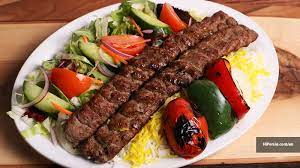
Chelo Kebab
Grilled meat (usually lamb or chicken) served with saffron rice.
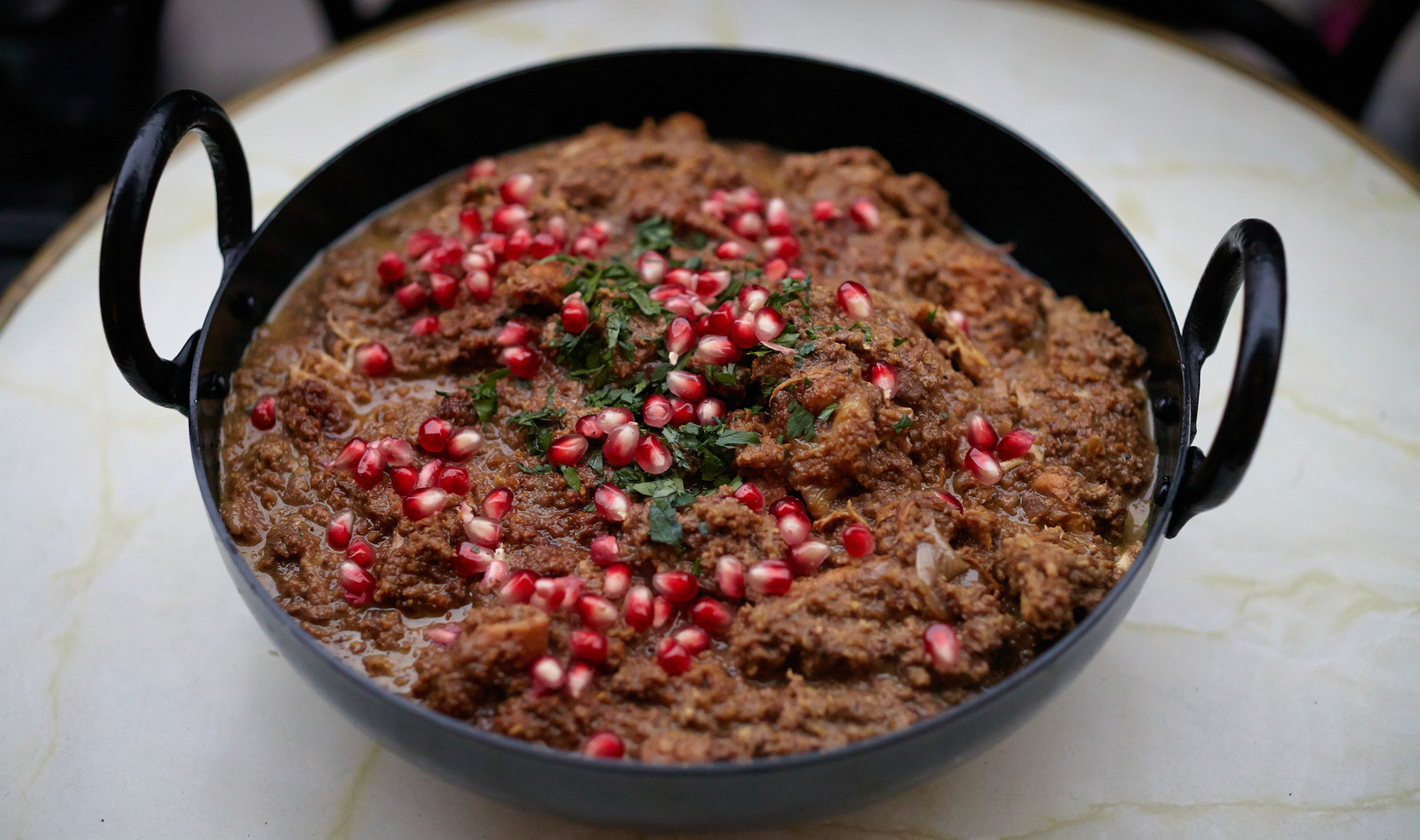
Fesenjan
A rich stew made with pomegranate paste, ground walnuts, and meat (often chicken or duck).
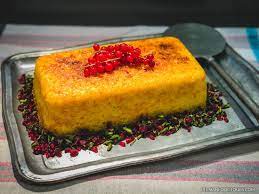
Tahchin
A savory rice cake often layered with chicken, yogurt, and saffron, baked until golden.
Here are some typical foods and dishes from Iran:
Rice with Herbs (Sabzi Polo): Fragrant rice cooked with a mixture of fresh herbs like dill, cilantro, and parsley, often served with fish or chicken.
Naan Lavash: Thin, soft flatbread often used for wrapping kebabs or scooping up dips.
Sangak: A whole wheat flatbread baked on a bed of pebbles, giving it a unique texture.
Hummus: Chickpea-based dip with flavors influenced by Iranian spices.
Mast-o-Khiar: A yogurt and cucumber dip seasoned with dried mint and sometimes garlic.
Torshi: Assorted pickled vegetables and fruits.
Baklava: Sweet pastry made of layers of phyllo dough, filled with nuts and sweet syrup.
Zoolbia and Bamieh: Fried pastries soaked in sugar syrup.
Faloodeh: A cold dessert made with thin rice noodles, rose water, and lime juice.
Doogh: A yogurt-based drink often flavored with mint and sometimes carbonated.
Sekanjabin: A sweet and sour drink made with vinegar, honey, and mint.
Tea: Tea is a staple in Iranian culture, usually served black and often with sugar and sometimes cardamom.
Iranian food often combines a balance of sweet and savory flavors, as well as a mix of textures and aromas, making it a unique and flavorful culinary experience.
Transportation 🚥
More information about this country
Choose your destination 📍🗺
Useful Links ✅



